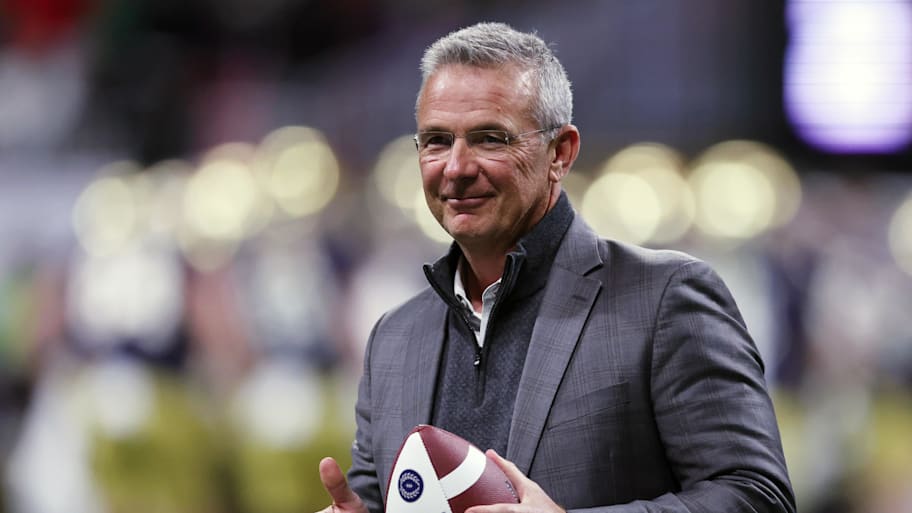
The House v. NCAA settlement has finally been approved by Judge Claudia Wilken, marking the start of the revenue-sharing era in college football. One of the biggest changes after the settlement was the creation of the College Sports Commission, which will be responsible for enforcement.
The commission named former MLB executive Bryan Seeley as the CEO after the settlement was approved. Despite the goal of this new commission, former Ohio State head coach Urban Meyer offered a bleak outlook for Group of Five programs in this new age of college football.
Meyer stated that mid-major schools would ultimately become a feeder league to the top schools in the sport, a trend we have seen since the new transfer portal rules were passed a few seasons ago.

"They become a feeder system for the big boys," Meyer said. "It's still beautiful football. The MAC, I coached there for two years, it's fantastic because everybody had the same players. So it was really a coach's league. Some leagues you have the best teams are so much better than the other teams. But what happens? The reality is you're going to develop a player and he's going to leave."
As he noted, Meyer began his head coaching career at the Group of Five level with Bowling Green in 2001. He was 17-6 over his two seasons before accepting the same role at Utah, where he led the Utes to an undefeated season in 2004.
His early coaching success led to his national championship runs as the head coach at Florida and Ohio State. He finished his career with an 187-32 overall record, winning three national titles and seven conference championships. Meyer was inducted into the College Football Hall of Fame in 2025.
This would be nothing new for the Group of Five programs, which lose talent each season to the transfer portal. The issue extends to the FCS level, where multiple All-American and All-Conference players transfer up to the FBS level each year.
One perfect example is former Tulane quarterback Darian Mensah, who made headlines this offseason with his transfer to Duke. He will reportedly receive $8 million over the next two seasons, which would make him the highest-paid player in college football.
More must-reads:
- Virginia Tech suffers huge recruiting loss to fledgling 2026 class
- What Steelers reportedly were not 'anticipating' with T.J. Watt contract saga
- The 'Most points off the bench in an NBA Finals game' quiz
Customize Your Newsletter
 +
+
Get the latest news and rumors, customized to your favorite sports and teams. Emailed daily. Always free!








